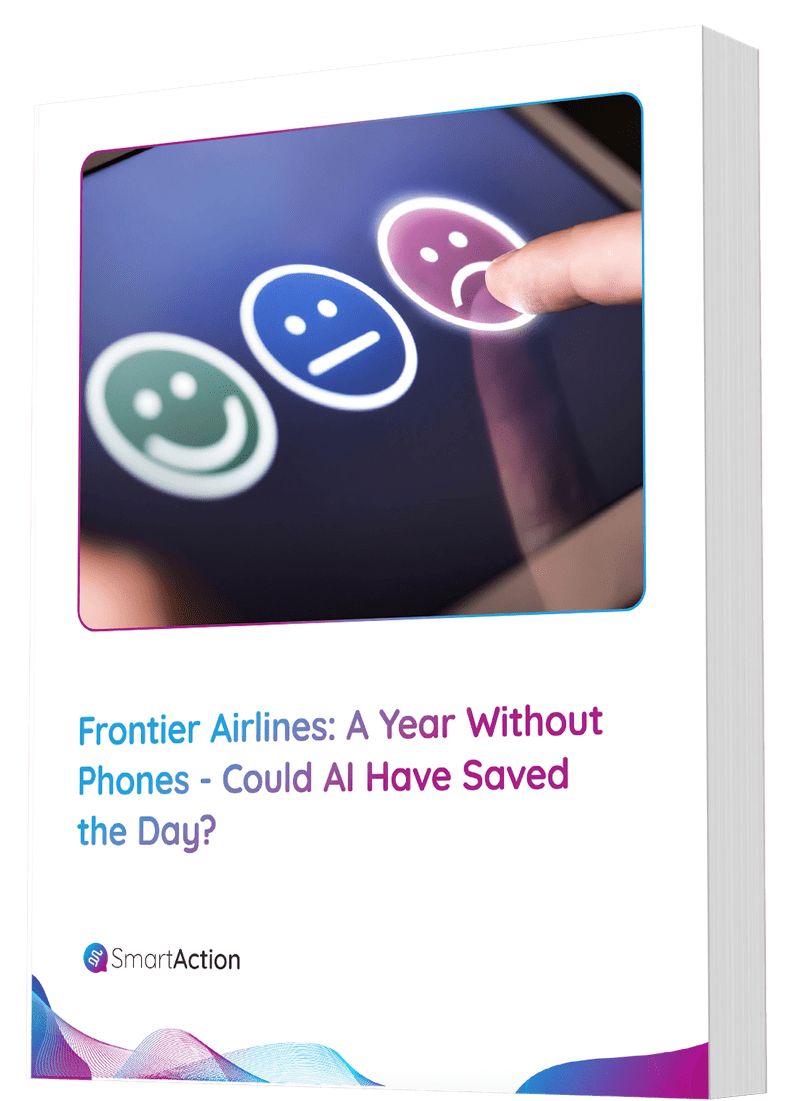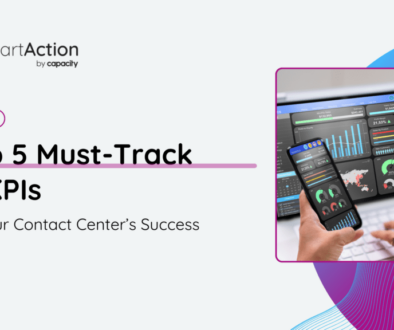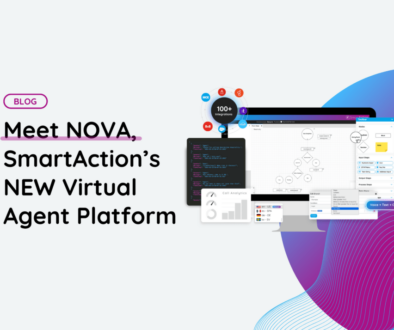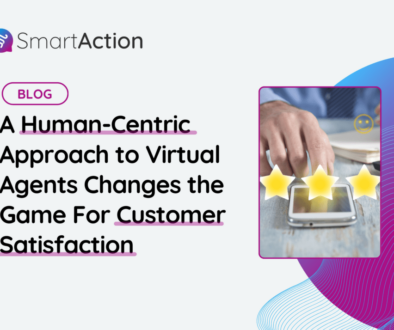From Tension to Resolution: 90 Seconds with a Virtual Agent
Frictionless experiences with conversational AI are not created by accident, but meticulously crafted by expert designers who know exactly how humans interact best with machines. Fabletics leverages a Virtual Agent to interact with their customers every time you call them. Take a listen to the clip below and learn a few best practices from the pros.
Keep it Conversational

Not all applications need to be completely open-ended. But many should be. If you have multiple self-service destinations and a variety of agent skill-sets, it’s in your best interest to allow the user to tell you why they called. Enterprises need to develop a robust understanding of customer intents to guide the customer to the right place. Additionally, focus on your voice talent. In this call, our soothing human voice sets a calming tone to what might otherwise be a contentious conversation – a customer calling for a refund. Voice talent is important. Different inflections and tones yield different results. Customer expectations are set at the beginning of the call and your customer needs to feel confident that your solution will help them resolve their issue.
Make it Personal

Seamless personalization and prediction helps to enhance the tone of familiarity and trust set at the beginning of the call and dramatically reduces customer effort. In this Fabletics call, we use real-time access to our client’s data, we are able to predict the caller’s identity using the phone number she used to initiate the call. Once the caller’s identity is confirmed, we can further leverage the client’s data to predict what the caller’s inquiry might be about. We know who she is and that she’s calling about a billing question. In this case, we also know from the data in her account that she was recently charged a specific amount, so we ask if this is the transaction about which she’s calling. Most of the time – as in this case – our prediction is correct, and the caller is even more likely to continue with the system because it understands her individual case. Expert designers pick apart every way to remove friction, and this would not have been a 90 second call without thoughtful personalization and prediction.
Adapt to the caller, don’t force them to adapt to you.
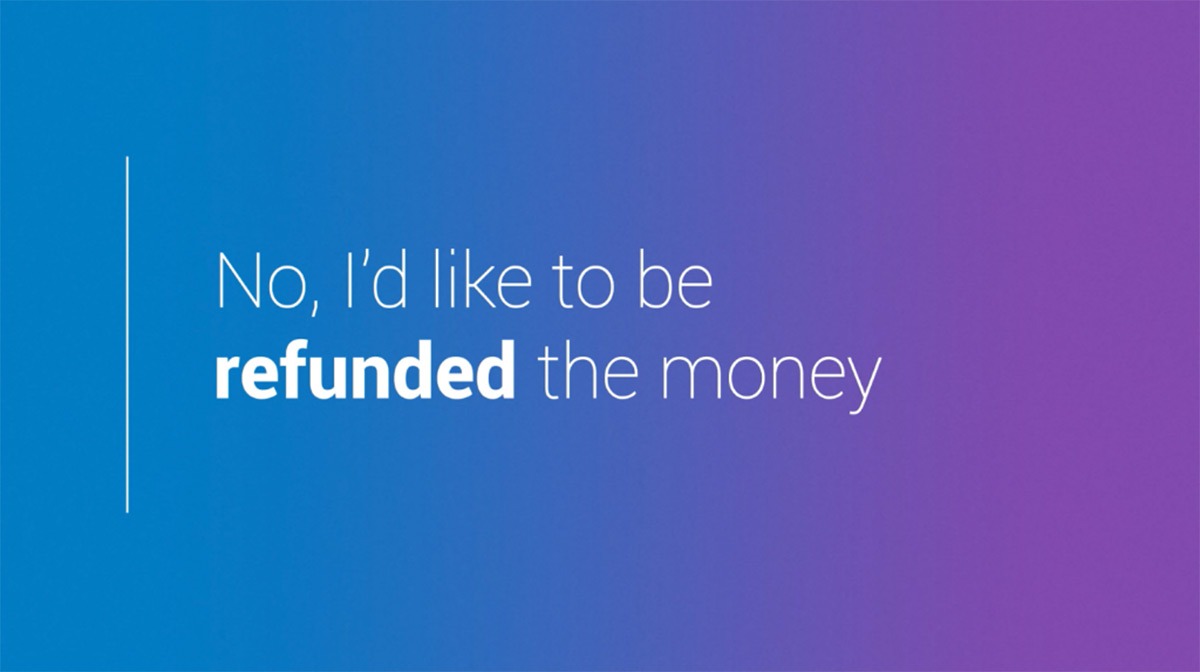
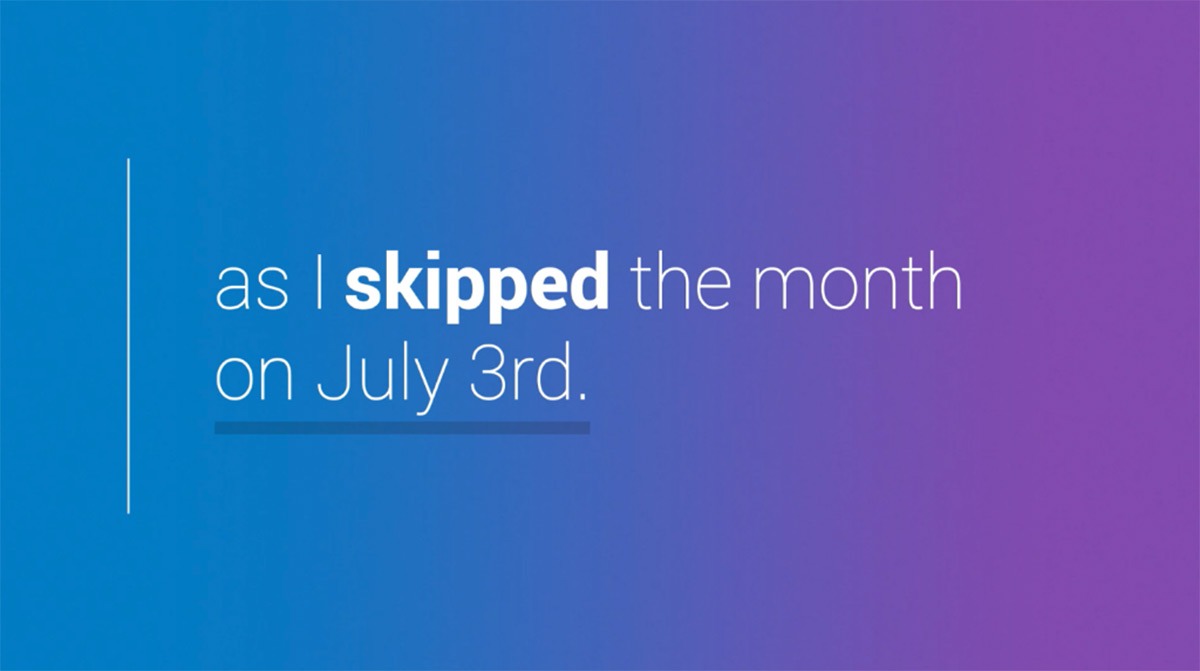
Conversational AI isn’t perfect and you shouldn’t expect it to work every time. Rather than make customers repeat themselves or let the experience flounder, you need to be both proactive and reactive. Take our experience here – when we try to uncover the nature of their question over the charge, the caller’s reply is lengthy, which makes it difficult to parse. Rather than ask her to restate her reply more succinctly, which is the quickest way to frustrate callers and mount tension, we offer a proactive response with more detail and change the nature of the question. In many cases, ensuring adaptability can ensure the caller experience stays on track.
Break the mold of traditional automation
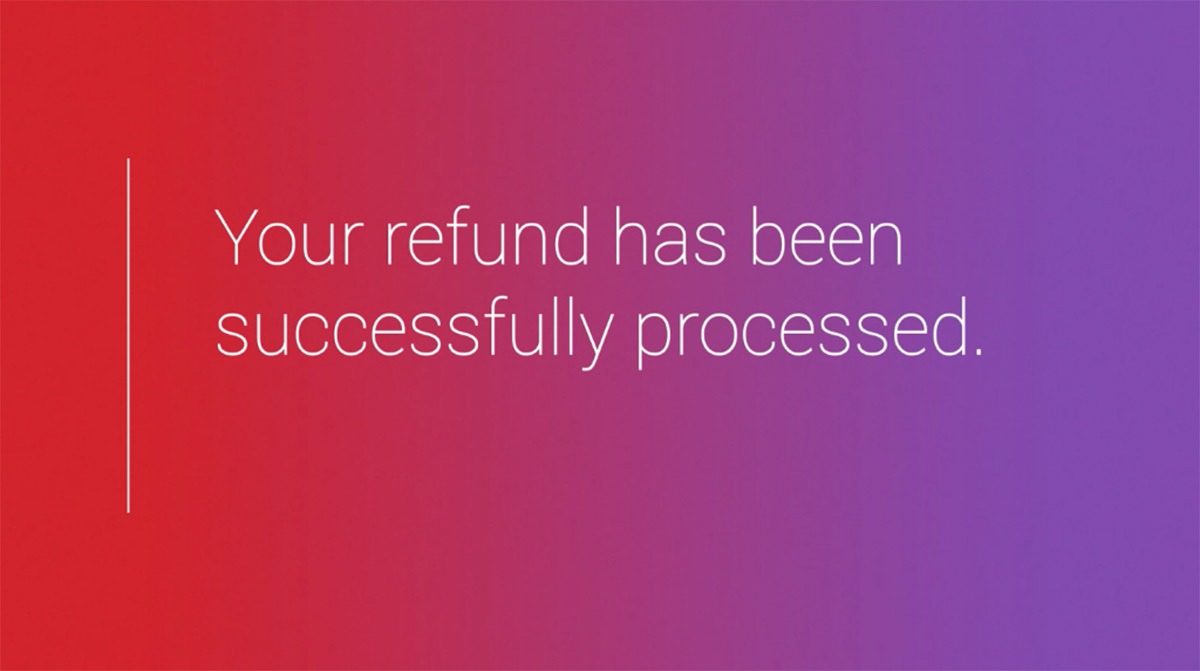
In the example above, our caller clarifies that she would like to proceed with a refund, which is one of the scenarios that we’ve built the application to handle swiftly – again, leveraging access to the client’s data and systems. Fabletics made a strategic business decision to side with the customer when it comes to a billing dispute. Rather than transfer this call to an agent, where the agent and the customer would need to go back and forth negotiating dates and policies, Fabletics decided to program business logic that would grant this customer a refund – establishing a seamless customer experience and deflecting a call that otherwise, would’ve had to have been handled by a live agent.
Resolve requests quickly
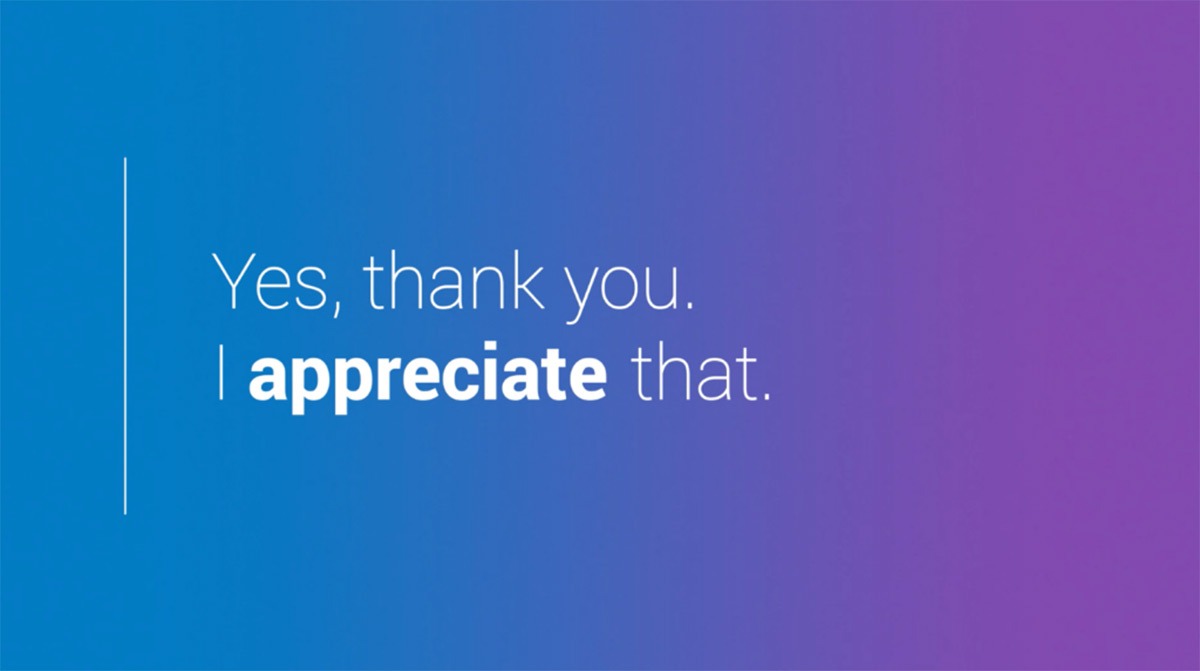
People are busy and they certainly don’t want to spend any more time on the phone than required. Customers demand and expect fully integrated and personalized experiences. Leverage context, prediction, and conversation to ensure that caller tension at the onset of the experience quickly turns into a successful resolution. The refund is processed faster than a human agent could do it, and the caller is rewarded with the relief of having accomplished her goal. She even thanks the system for having helped her.
Frictionless CX is the new competitive landscape, and that takes more than good technology. Conversations with machines are hard. It’s not like the days of touch-tone or directed dialog where it’s build, go live, then done. It’s an iterative process of ongoing improvement as you pour through data and recordings, identify common points of friction or live agent transfer, then find ways to tune the application to improve containment.


